31+ Sample Academic Calendars
-
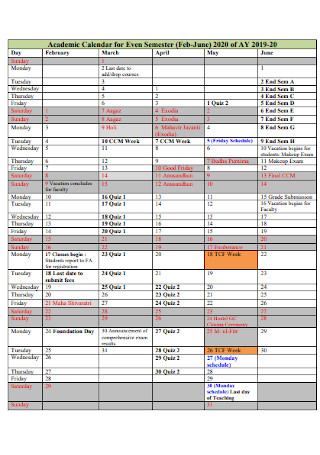
Academic Calendar for Even Semester
download now -
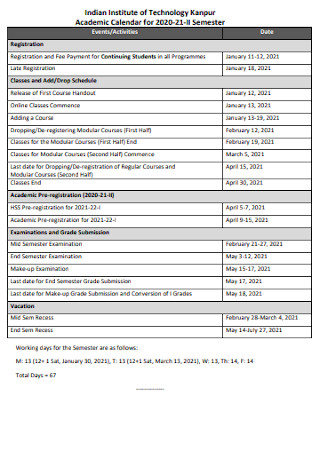
Institute Academic Calendar
download now -
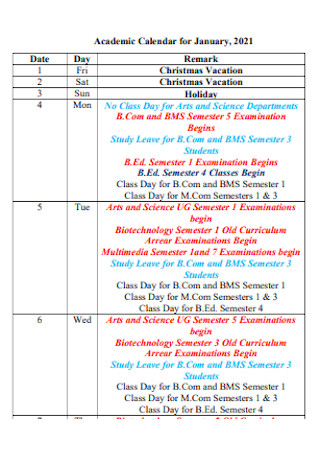
Academic Calendar Format
download now -

Revised Academic Calendar
download now -
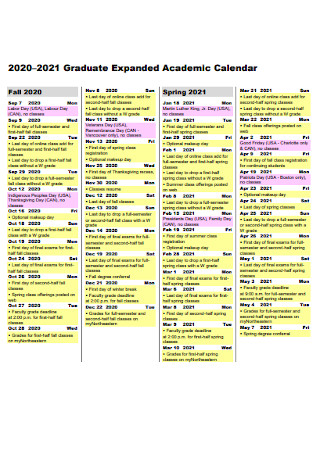
Graduate Expanded Academic Calendar
download now -
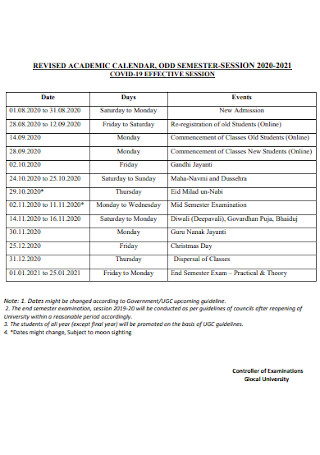
Academic Semester Calendar
download now -
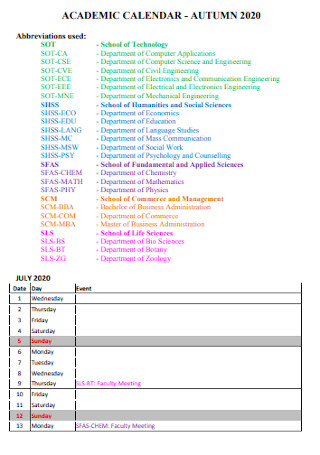
University Academic Calendar
download now -
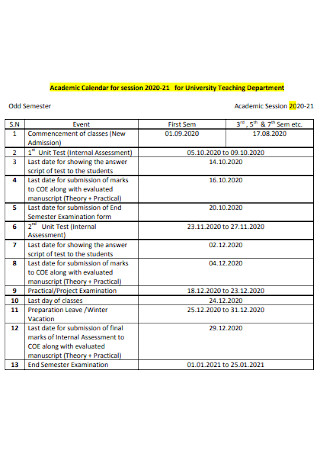
Academic Calendar for Teaching Department
download now -
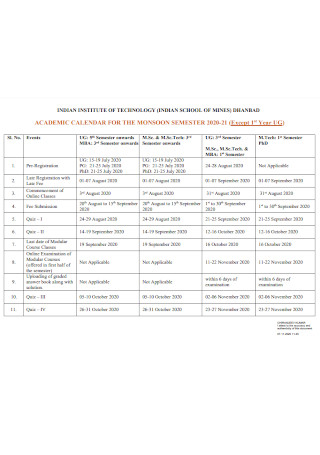
Academic Calendar for Monsoom Semester
download now -

Academic Calendar For the Odd Semester
download now -
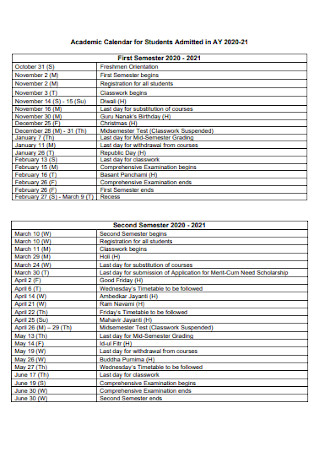
Academic Calendar for Students
download now -
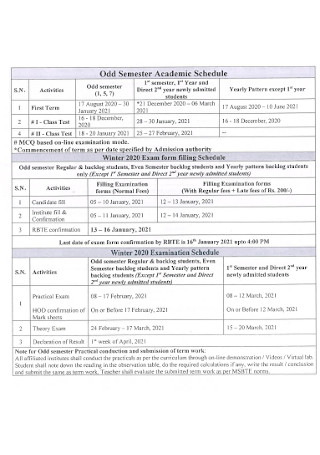
Odd Semester Academic Calendar
download now -
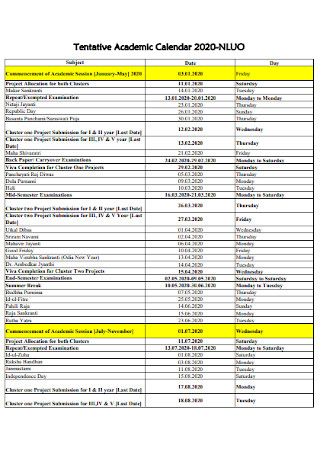
Tentative Academic Calendar
download now -

Sample Academic Calendar Format
download now -
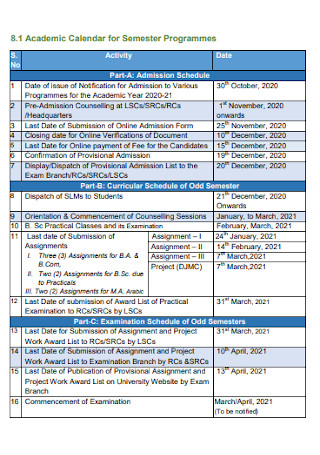
Academic Calendar for Semester Programmes
download now -
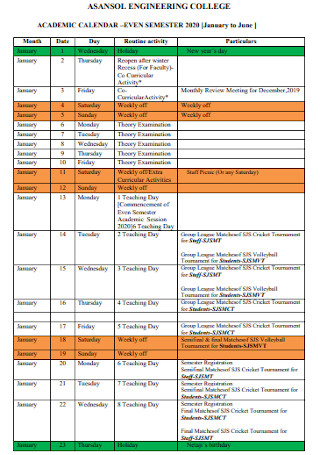
College Engineering Academic Calendar
download now -
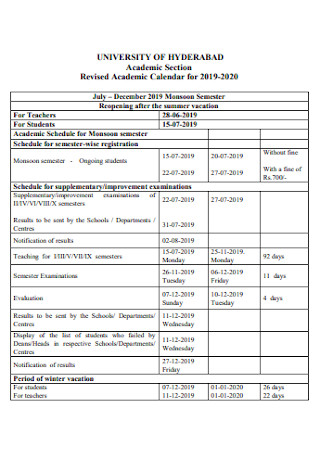
Academic Section Calendar
download now -
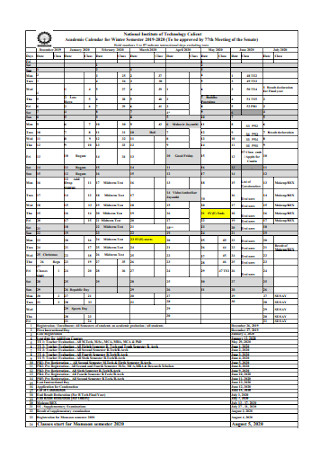
Academic Calendar for Winter Semester
download now -

General Academic Calendar Template
download now -
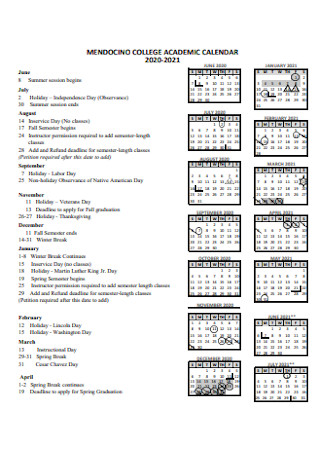
College Academic Calendar Template
download now -
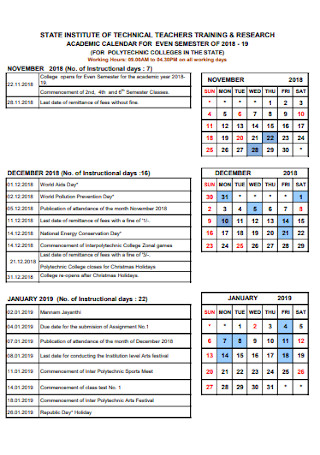
Teacher Academic Calendar Template
download now -
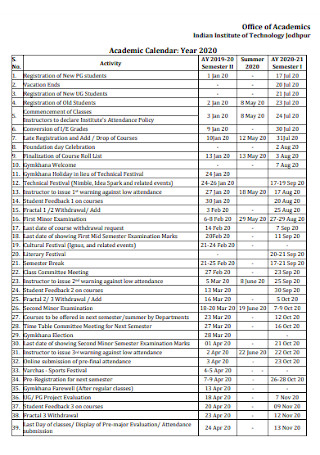
Office of Academics Calendar
download now -
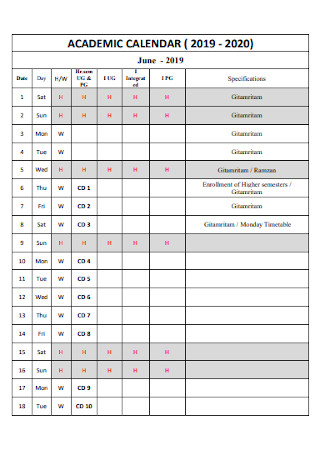
Simple Academic Calendar Template
download now -
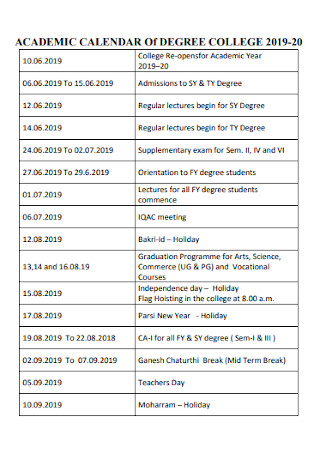
Academic Calendar for Degree College
download now -
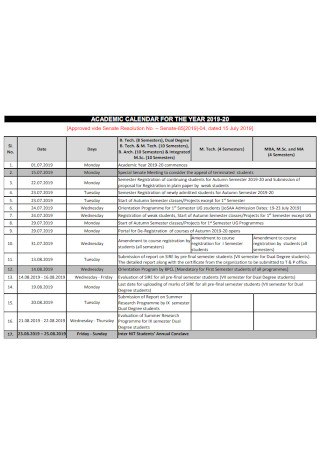
Academic Calendar of Year
download now -
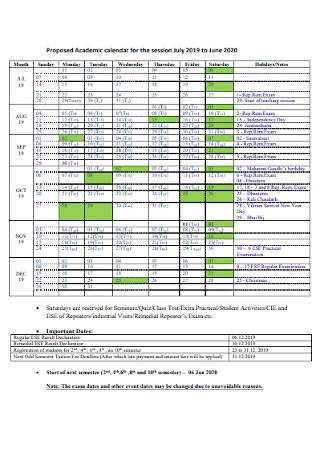
Proposed Academic Calendar
download now -
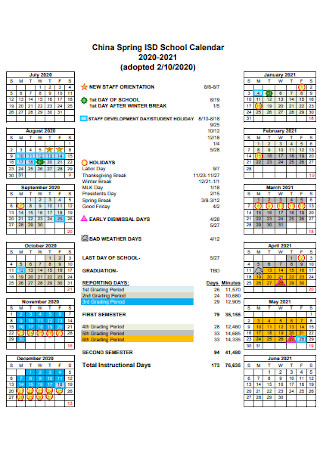
Academic School Calendar
download now -
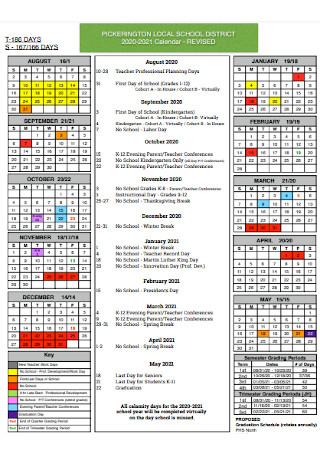
District School Academic Calendar
download now -
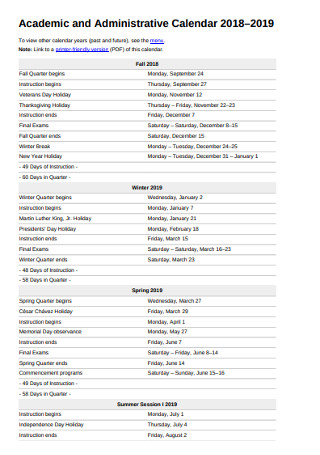
Academic and Administrative Year Calendar
download now -
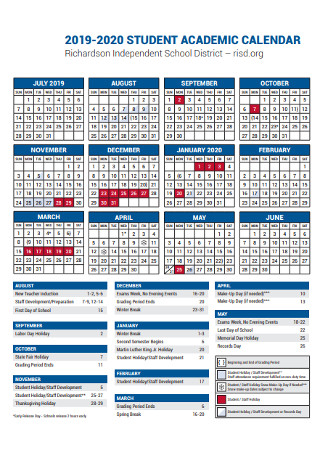
Student Academic Year Calendar
download now -
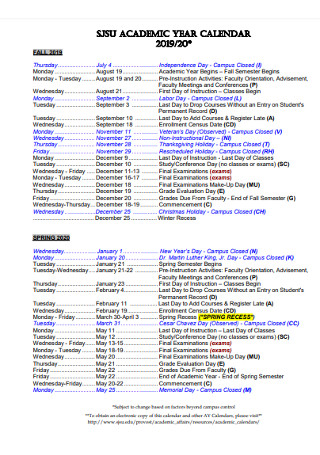
Academic Year Calendar Example
download now -
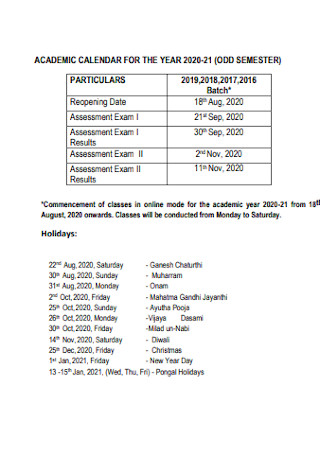
Institute of Science Academic Calendar
download now
FREE Academic Calendar s to Download
31+ Sample Academic Calendars
Academic Calendars: What Are They?
Benefits of an Academic Calendar
Significant Dates of Academic Calendars
How to Create an Academic Calendar
FAQs
How many days is an academic year?
How many quarters does an academic calendar have?
What is the difference between a calendar year and an academic year?
Academic Calendars: What Are They?
An academic calendar or school calendar is basically a schedule of dates or events involved in a school year. From January to December, there are lots of significant dates in the academic year from the exams, holidays, enrollment, deadlines, etc. And these calendars matter in case people forget about what is bound to happen daily, weekly, monthly, and annually. Also, an academic calendar is useful for any teacher or student planner to ensure they can keep track of their school schedules 24/7.
According to the National Center for Education Statistics (NCES), around 56.4 million students are expected to attend the elementary, middle, and high school departments in America.
Why Are Academic Calendars Important?
An academic calendar is essential to ensure every person concerned about school activities and dates will be reminded about every significant schedule. Whether students wish to enroll or drop classes down to teachers who are given deadlines of when to submit grades, an academic calendar can surely help in keeping operations smooth in school. And the best part is the calendar is like your own personal planner for school because lots of data can be recorded from every holiday, exam date, graduation commencement, payment due, and more—you won’t miss a thing!
Also, academic calendars matter to set a timeline of school-related activities. By setting timelines, students will be driven to ensure they won’t miss the deadlines. In fact, it has been reported that 56.4 million students are estimated to attend elementary, middle, and high schools in America. And those are solely for students in the US. How much more when you include the global statistics, including teachers and parents who are also concerned about school activities? Clearly, the said calendar is more than just a list of dates. It also unites people to follow a similar schedule rather than making their own deadlines and dates that would confuse everyone.
Benefits of an Academic Calendar
An academic calendar is not only important since it is also beneficial. In fact, every institution has its own set of calendars planned for an entire school year. But what exactly are these benefits expected from academic calendars? Learn more about such advantages below.
Significant Dates of Academic Calendars
In every semester, day by day, a lot of dates are to be remembered. And you are not just going to divide the calendar according to school days and weekends. There are specific dates to consider. So in case you are wondering what important dates should be remembered in a standard academic calendar, you can use this reference below:
How to Create an Academic Calendar
Are you ready to make your own academic calendar? Don’t fret because you can surely achieve it with a step-by-step guide and sample templates to make the process easier. So without further ado, here are the steps on how to create the academic calendar:
Step 1: Coordinate with the Staff and Management in Planning
First things first, meet with the school staff and management to plan the academic calendar. Coordinating with important people is necessary because you cannot just decide when events will happen without proper authorization. Maybe you already have a brilliant plan of what month the parents’ day should be but the university has not approved your request yet. Hence, teaming up with the staff helps you gather data on what details to add to the academic calendar later on.
Step 2: List the Significant Dates in a Draft
From what was discussed with the staff or management earlier, take note of the important dates to add to the academic calendar. Write the details in a draft first where you list down every significant day and month of the academic year. As you list the dates, do not forget to arrange them according to what happens first until last. So naturally, you start from January 1 down to December 31. And be sure to label what every day signifies so people won’t have to guess what to observe per day.
Step 3: Use a Sample Academic Calendar
Making an academic calendar out of scratch is unnecessary when you have a sample academic calendar to use. Just select your preferred template from the samples above this article until you can edit, download, and print academic calendars shortly. Besides the printable version, you can have calendars in soft copies too. And be sure to design the calendar in the best way possible so your document is not only detailed but presentable as well.
Step 4: Organize the Calendar with Tables and Charts
Academic calendars should be easy to read. And the best tip to do is to avoid writing in long sentences and paragraphs. Instead, provide a visual schedule with tables and charts. You can make 12 tables with the days of the whole month per table and write the significant events associated with each day. Or maybe you categorize your chart by dividing data related to preschool, middle school, high school, and college. Go for whatever organizes your calendar the best.
Step 5: Update the Calendar Regularly
Once you are finished making the academic calendar, the job isn’t finished yet. Expect to update it regularly by marking which events or data have happened already, have been canceled, or have been changed. Therefore, school calendars should also be flexible because you never know what to expect. Some examination dates might be moved to another week or that there are other special holidays to note down too. What matters most is that you stay updated with the calendar if there is any change so people won’t have to be confused.
FAQs
How many days is an academic year?
Generally, the academic year is categorized into two semesters with 18 weeks. So on average, it would take 180 days of an academic year. But, the K–12 program breaks down into two nine-week periods or maybe three six-week periods. And it also depends on the school on how that goes.
How many quarters does an academic calendar have?
In applying the quarter system to the academic calendar, there would be around three quarters involved. And this quarter system is a popular approach if you don’t wish to use the traditional two semesters or summer term system. Nonetheless, every quarter contains 10–12 weeks which would total up to 32 or 36 weeks of the school session.
What is the difference between a calendar year and an academic year?
The calendar year is mainly your basic calendar from January 1 until December 31. Meanwhile, an academic year is composed of two semesters which are from January to June and July to December. And those school sessions also have a study schedule that naturally takes around 13 weeks.
After everything you learned about what academic calendars are for, your only concern is to know how to use them. In fact, sample academic calendars are already available for you to tweak, print, and download anytime. Just make sure all the data inputted in the calendar are correct until it will be approved by the school authorities. And most importantly, share that calendar with everyone concerned about the school to be united as one on how to ace the school year with a well-crafted schedule to observe.
